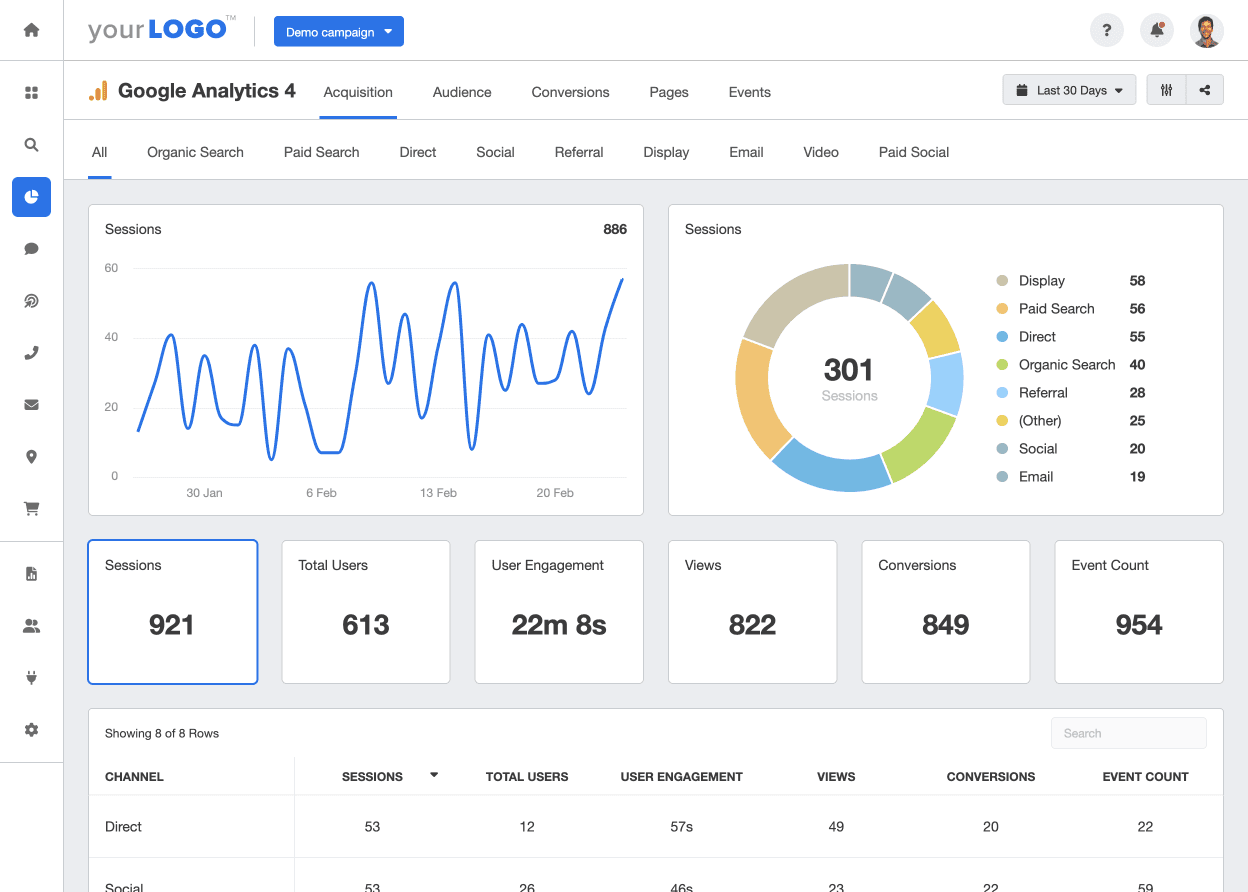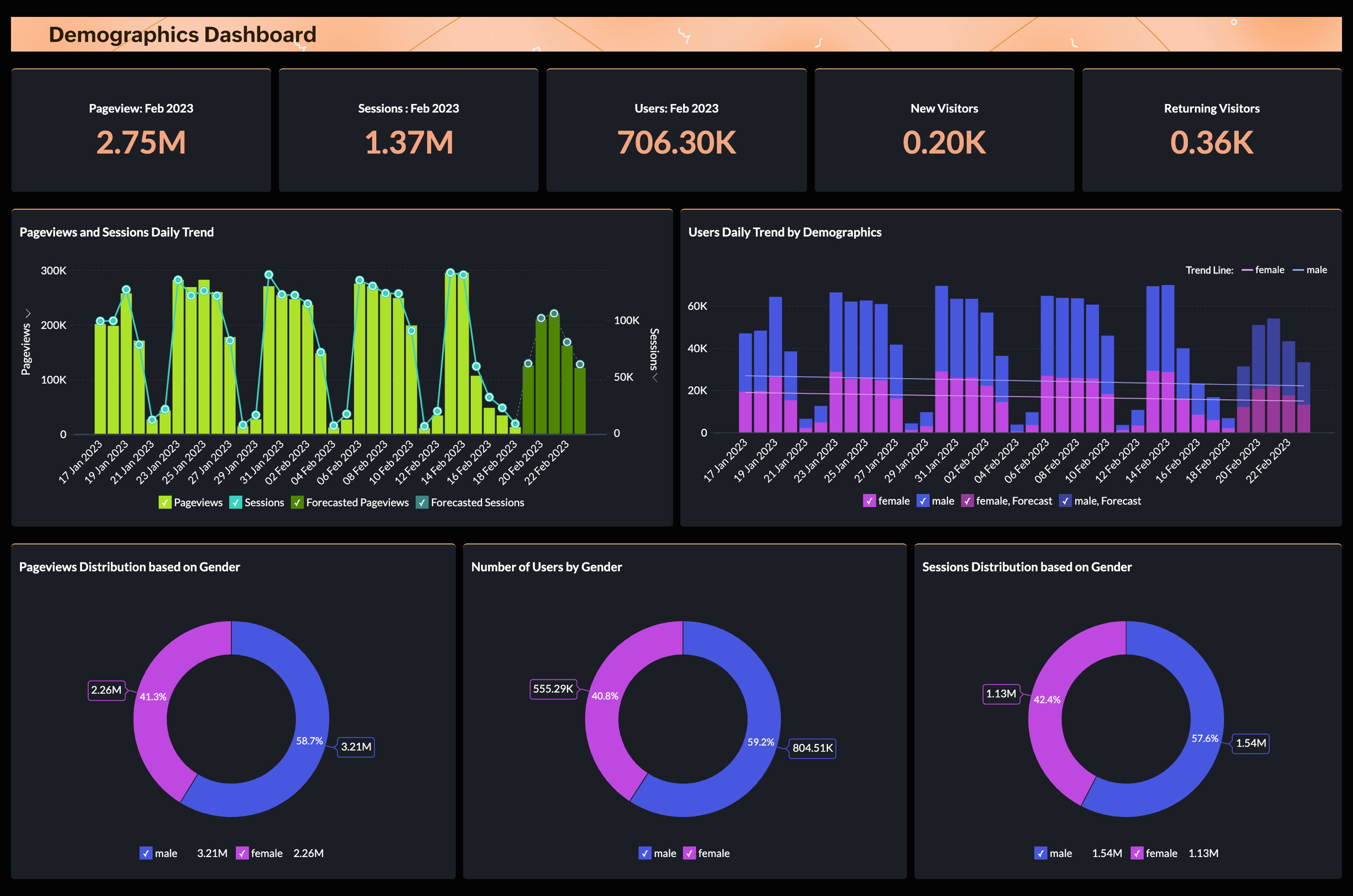Essential Insights on When Does the Google Analytics Tracking Code Send an Event Hit to Analytics for Accurate Reporting
Essential Insights on When Does the Google Analytics Tracking Code Send an Event Hit to Analytics for Accurate Reporting
Blog Article
Master Site Insights With Accurate Google Analytics Tracking Code
The effective application of Google Analytics rests on the exact implementation of its tracking code, a basic action frequently overlooked by site owners. This relatively basic JavaScript bit, when appropriately positioned, becomes the backbone of data collection, supplying insights right into customer actions and site performance. Nonetheless, challenges can arise throughout arrangement, potentially skewing the data and causing mistaken decisions. Comprehending these ins and outs is necessary for maximizing the benefits of analytics. What are the typical challenges that could undermine your monitoring efforts, and how can you ensure accuracy in your approach?
Understanding Google Analytics Basics
Google Analytics is a crucial tool for site owners and marketers, providing vital insights right into customer habits and web site efficiency. At its core, Google Analytics gathers information concerning site visitors to a website, permitting users to analyze metrics such as traffic sources, user engagement, and conversion prices. Understanding these basics is essential for optimizing a web site's effectiveness and boosting individual experience.
The platform uses cookies to track communications, recording data such as page views, session periods, and bounce prices. This information is accumulated and presented through adjustable dashboards, making it possible for individuals to picture fads over time. Secret performance signs (KPIs) can be checked, such as the complete number of individuals, brand-new versus returning site visitors, and the geographical distribution of the audience.
Furthermore, Google Analytics offers segmentation attributes, enabling individuals to isolate details web traffic resources or user demographics for more targeted analysis. By understanding these fundamental elements, website owners can make informed decisions concerning content approach, advertising campaigns, and general website improvements. Eventually, understanding Google Analytics basics is important for leveraging information to drive growth and achieve company purposes properly.
Establishing Up Your Monitoring Code

Copy the supplied monitoring code and paste it into the HTML of your internet site. This ensures that the tracking code tons prior to any type of other material, permitting it to catch information properly.
After installation, validate that the tracking code is working correctly by making use of Google Tag Assistant or the Real-Time reports in Google Analytics - when does the google analytics tracking code send an event hit to analytics?. This action is important to confirm that your information collection is accurate and active, setting the structure for informative analysis
Common Monitoring Code Issues
Numerous web site owners experience typical problems with their Google Analytics tracking code that can hinder data collection and analysis. One widespread concern is inappropriate setup. This may take place when the monitoring code is put in the wrong area of the website's HTML, typically causing absent or insufficient information. In addition, having multiple instances of the monitoring code on a these details solitary web page can lead to filled with air metrics, as individual communications may be counted much more than as soon as.
One more problem occurs from making use of ad blockers, which can prevent the tracking code from performing completely, therefore skewing information. when does the google analytics tracking code send an event hit to analytics?. In addition, failing to configure filters properly can lead to the exclusion of essential traffic resources or the addition of unwanted recommendation spam, distorting the data gathered
Internet site proprietors might also forget the importance of monitoring code updates, especially when migrating to Google Analytics 4 (GA4) from Universal Analytics. Lastly, not enough screening prior to launching adjustments can result in unnoticed errors in the tracking code, further complicating information dependability. Addressing these usual issues is vital for making sure accurate monitoring and insightful analytics.
Analyzing Web Site Information Efficiently
Exact data collection is only the primary step in leveraging Google Analytics; the genuine value depends on efficiently evaluating that information to drive educated decision-making. To accomplish this, it is necessary to recognize essential efficiency indications (KPIs) that straighten with your service objectives. Concentrate on metrics such as conversion prices, customer interaction, and web traffic sources, as these will give insights right into user habits and the general performance of your internet site.
Making Use Of Google Analytics' division features enables for a deeper understanding of your target market. By damaging down information into specific demographics, habits, and website traffic channels, you can reveal patterns and patterns that inform targeted methods. Executing personalized records and dashboards can streamline this procedure, making it possible for quick accessibility to relevant information.
In addition, regularly examining data fads with time assists to identify abnormalities and opportunities for improvement. Utilize visualization tools to existing data in a quickly absorbable style, facilitating much more effective interaction with special info stakeholders. Eventually, the ability to assess site data successfully equips companies to make critical choices that enhance individual experience, enhance marketing efforts, and drive development.
Finest Practices for Accurate Monitoring
Carrying out reliable monitoring practices is vital for acquiring reliable information in Google Analytics. To guarantee accurate monitoring, start by appropriately mounting the Google Analytics tracking code on every web page of your web site. This can be achieved via a tag manager or by straight installing the code right into the HTML.
Following, configure your Google Analytics account to omit interior web traffic. This can be done by setting up filters that determine and remove check outs from your company's IP address, consequently stopping manipulated data. In addition, make use of event monitoring to keep track of certain customer interactions, such as downloads or video plays, which standard web page views might overlook.
Frequently examine your monitoring setup to validate that all attributes, such as goals and ecommerce tracking, are functioning correctly. Develop a constant naming convention for your occasions and projects to facilitate easier reporting and analysis.
Lastly, take into consideration leveraging UTM specifications for campaigns to gain understandings into the performance of different advertising and marketing efforts. By following these ideal techniques, you can enhance the accuracy of your information collection and analysis, inevitably causing even more educated decision-making for your site.
Final Thought
By guaranteeing the tracking code is properly positioned and consistently examined, internet site proprietors can record essential individual communication data, thus assisting in the recognition of vital performance signs. Ultimately, a durable monitoring framework improves the ability to drive interaction and enhance general web site efficiency.

Insufficient testing prior to releasing modifications can result in unseen mistakes in the monitoring code, even more making complex data integrity.Executing reliable tracking techniques is crucial for acquiring trusted data in Google Analytics. By making sure the tracking code is appropriately placed and on a regular basis audited, website proprietors can catch important customer communication data, thus assisting in the recognition of vital efficiency indications.
Report this page